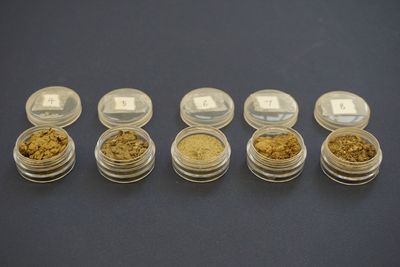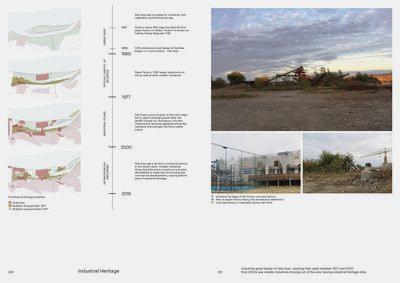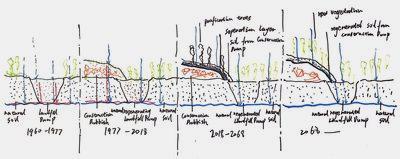Ada HujaRegenerating WastelandsSi Qi Perrine Hoo and Xinhe Li

Between the southern shore of the Danube and the foothills of the Karaburma neighbourhood, under the Pačevački Bridge, lies the Ada Huja Peninsula. Once a separate island, years of sediment and infill have attached it to mainland Belgrade. At the beginning of the 20th century, the area was known for its natural springs, vineyards, and lush vegetation, but was in 1960 designated the city’s official landfill. Half a century later, heavy pollution and ground speculation has turned it into a wasteland. At first glance, the area looks densely packed: the Port of Belgrade, with its cement production and storage hangars, and a large paper factory dominate the peninsula; in between, Roma settlements have formed around illegal dumping sites for construction materials and industrial waste. The city government and the recently privatised Port of Belgrade are in a legal dispute over ownership and development rights of the peninsula, while local environmental organisations and activists are fighting for the remediation of the vegetation and the contaminated soil. At the east end of the peninsula, recreational activities have sprung up, including a marina, sports grounds, a car racing track, and a river promenade with several restaurants. The “Supernatural Festival,” a grassroots event, claims that these recreational activities have temporarily succeeded in protecting the very tip of the peninsula.
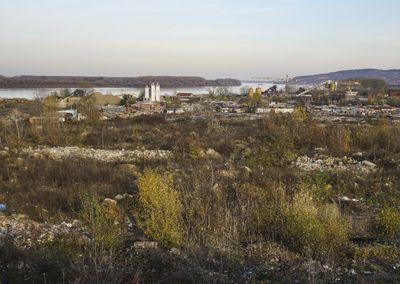
While the city government has announced plans for various construction projects, none has been carried out yet, because too many competing interests are at stake: housing, a new city centre in the east, shopping facilities; public shore access; ecological and environmental concerns over heavy pollution. In particular, this site reflects systemic questions relevant to the city as a whole, from its ring road to the sewage system. With economic pressures and such a rich history, our project proposes a balance between the built and the unbuilt, incorporating unique elements of the waste terrain and regenerative vegetation on Ada Huja.
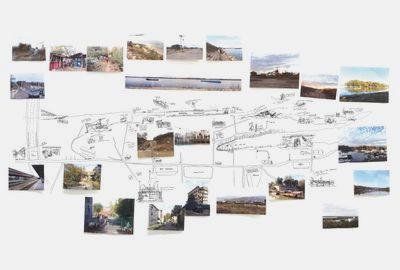
Diary of Ada Huja Danube Peninsular discoveries.
‘The project Ada Huja Regenerative Wastelands explores how we as spatial planners can develop scenarios where various interests can meet. The project imagines a new kind of post-industrial landscape, anchoring the spontaneous and regenerative quality of the unbuilt to support a unique environment for the built future of Ada Huja. Building on a system of slow regeneration, a new form of relationship can be established between the built and the unbuilt to create the future eastern centre of Belgrade.
